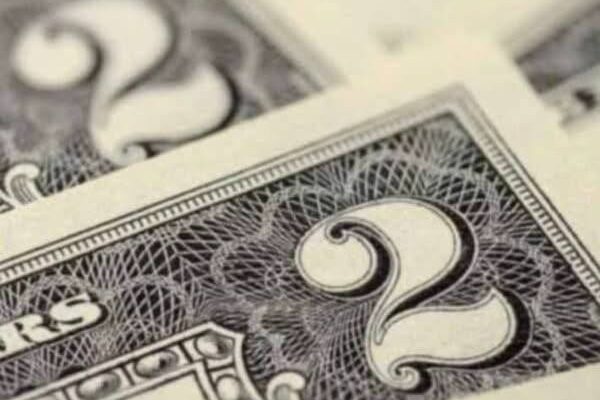At one time, individuals with superstitious beliefs regarded the $2 bill as “unlucky” and associated it with a curse. Contrary to this belief, the $2 bill is unlikely to bring misfortune to its possessor; rather, it has the potential to bring good fortune and even a few thousand dollars. Continue reading to discover how to assess the value of your $2 bill. Historically viewed as the less favored counterpart to the $1 bill, the $2 note has often been dismissed by many Americans. Some individuals even perceive $2 bills as rare, believing they are no longer printed or have been withdrawn from circulation. However, as of 2023, the Federal Reserve indicates that there are 1.6 billion $2 bills in circulation, a modest figure compared to the 14.5 billion $1 bills and 11.2 billion $20 bills. Despite being largely overlooked, the $2 bill has experienced a resurgence in interest over the past two decades; in 2004, only 0.07 billion were in circulation, a mere fraction of the $24.2 billion in currency that year. The Bureau of Engraving and Printing (BEP) notes that “for most of their history, $2 notes have been unpopular, perceived as unlucky or simply awkward for cash transactions.” Many of these notes were returned to the Treasury with torn corners, rendering them mutilated currency and unsuitable for reissue, as superstitious individuals attempted to negate the supposed curse. Additionally, a 1925 article in the New York Times stated, “He who sits in a game of chance with a two-dollar bill in his pocket is thought to be saddled with a jinx. They have been avoided as ill-starred.” The $2 bill even features prominently in a documentary titled The Two Dollar Bill, a 2015 film that delves into “all aspects of the deuce, from its history to the various superstitions surrounding it.” Despite its unpopularity, the $2 bill remains undervalued and is worth at least two dollars, with some notes potentially valued at thousands. The first official $2 banknote was printed in 1862, featuring the likeness of Alexander Hamilton, the Founding Father and U.S. Secretary of the Treasury.In 1869, the design of the $2 bill was altered to prominently display a portrait of Thomas Jefferson, the third president of the United States, an iconic image that has remained constant ever since. The reverse side originally featured an illustration of Monticello, Jefferson’s estate in Virginia; however, it was later modified to depict a vignette of the signing of the Declaration of Independence, the renowned document authored by Jefferson. While the $2 bill is closely associated with Jefferson’s likeness, it has undergone various modifications on the reverse side, as well as some adjustments on the front, including changes in the placement and size of the portrait and the introduction of additional colors. Notably, some of these bills may possess a value significantly exceeding their face value. To ascertain the worth of your $2 bill, examine the year and the color of the seal. Crisp, uncirculated bills featuring red, brown, and blue seals from 1862 to 1896 can command prices around $5,000 at U.S. Currency Auctions. Conversely, circulated bills from the same period, even if somewhat worn, can still be valued at up to $1,100. Additionally, paper notes with red or blue seals issued between 1917 and 1928 can range in value from $50 to $1,000, contingent upon their condition. The auction site indicates that collectors determine these values based on various factors, including the printing method and location. Furthermore, some notes may feature “fancy serial numbers,” and if you happen to possess one of these exceptionally rare notes, your two-dollar bill could be worth as much as $6,000. Do you own a rare $2 bill? We invite you to share your thoughts on this topic and encourage you to pass this information along to your friends.
Your $2 bill may be worth a lot more than you think



